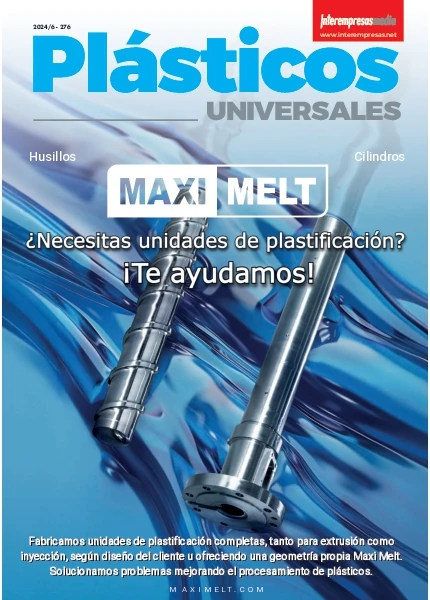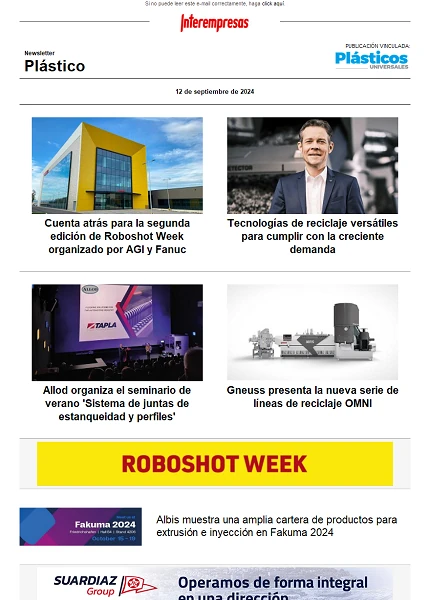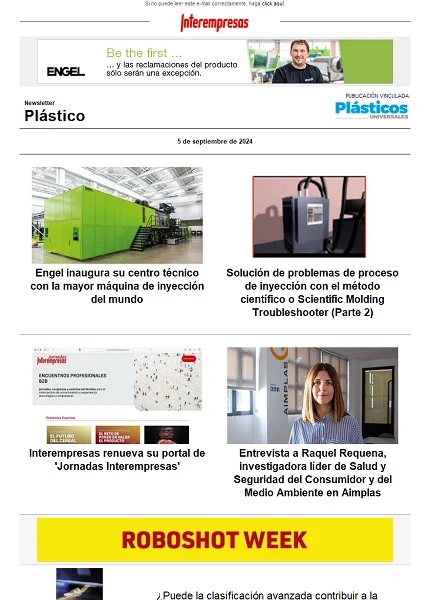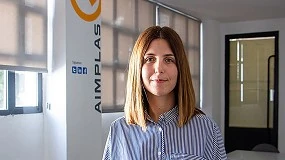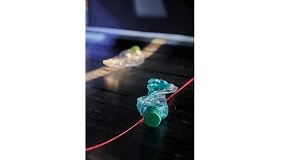Moldeo By blown with printers 3D
Nadav Seals, Application Salts Manager, Jay Beversdoarf and Dr. Lior Zonder, Application Engineers of
Mould blown printed 3D represents a quick and cost effective solution to make prototypes with final thermoplastic material, the traditional manufacturing processes or the blown film or pre-forms with blow moulding injection can also be used.
The prototype allows the designer to validate the design of the bottle, as well as functional testing of both the model and the process.
With FDM or Polyjet 3D printers blow molding
3D printing offers an opportunity to create the prototype of the molding blow more quickly and at lower cost. Companies can design a mould, build tool and the prototype of the mould of high quality. Advances in technologies FDM and Polyjet include better quality of surface, durability, speed and low cost. With this technology the manufacturing process of a blow mould is more rewarding.
Molds made in FDM or Polyjet can be installed in moulding machines blow extrusion and molding machines by blowing of PET preforms, thus covering a wide range of products, geometries and thermoplastic materials. The following images show the use of printed tools in 3D in the different processes of molding blow.
In Figure 1, the printed 3D tool is mounted on blown extrusion machine. This is heated and is formed and imprisoned within the printed cast.
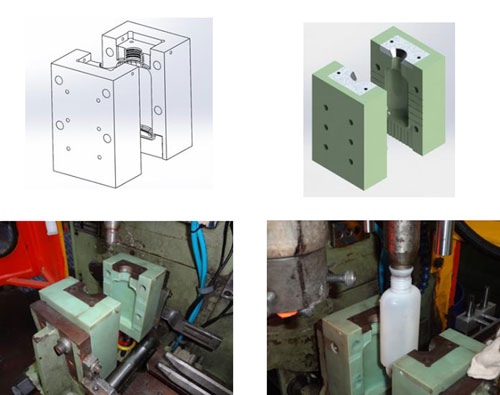
The Figure 2 illustrates like the tool impresa in 3D can use in the process of injection of plastic. The tool can print as I insert planting it inside a frame of metal or like mould directly. The figure 3 offers a description detailed of the process of manufacture.
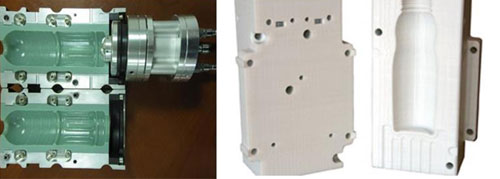
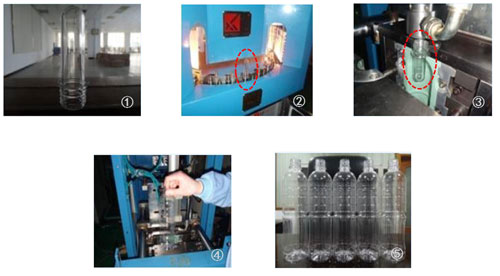
Molds that are shown in the figure 3 inserts are printed with technology Polyjet using the ideal Digital ABS material for use in environments with high temperatures. Table 1 detailed printing time and consumption of material related to the production of the tool:
|
|
Consumption: material of the model [g] |
Consumption: material support [g] |
Time of printing [hours] |
|
500 ml mould printed |
1.485 |
562 |
9.47 |
3D printing of tools with FDM, success story
A manufacturer of containers use Stratasys to reduce costs and time in the development of products from moulding, blow, in particular, the objective was to prototype and produce high quality parts in five days instead of seven weeks and do so at a lower cost.
The company selected a bottle of 152 mm of height and diameter as a pilot project 76. He used a system of Stratasys Fortus and the PC (polycarbonate) material to make a cavity tool and a machined aluminum mold base. Blow mold was designed and built in just two days. Only small changes in the design of the tool and the molding process, the bottle was molded blow in BP Solvay Fortiflex HP 58, a high density polyethylene. The entire process was completed in less than five days and the molded prototype met criteria of quality of production.
Comparison between 3D printing and traditional manufacturing of molds
|
Method |
Cost |
Time |
|
Traditional |
$800 |
10 days |
|
FDM |
$350 |
2 days |
|
Result |
56 % |
80 % |

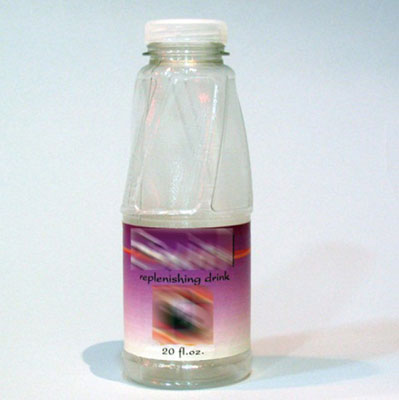
The moulds printed matter in 3D
Are the best adjust for the moldeo of blown when:
- The levels of production are low to be moldings or personalised
- Have several designs that consider
- The prototypes have to be in the plastic material end
- Probably are necessary changes in the design.
Profits of the tools of the moldeo of blown impresas in 3D:
- Reduction of the time of 70%
- Reduction of the cost of the prototype of the mould of 80%
- Durability in cientos of cycles
- Little or any need of back processing.


